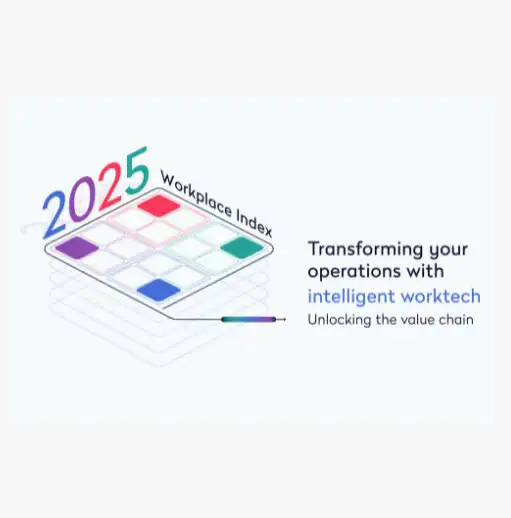
It seems silly to ask if free office space planning software is worth it—it’s free! There’s zero drawback in trying out a free program, especially if it provides meaningful resources to a facilities manager. But price isn’t necessarily the best way to gauge worth. Instead, consider return on investment. What benefits does free space planning software offer opposed to paid software, and how does the return on investment stack up between the two?
An abundance of free options
There’s no shortage of free office space planning software out there. Before you download, sign up, or otherwise commit to one, consider what type of free software it actually is.
- Open-source: Open-source programs are often genuinely “free.” They cost nothing to sign up for and don’t restrict any features. They also tend to offer broad customization opportunities via open-source APIs. The downfall is often the lack of features or the polished feel you might get from a premium option.
- Freemium: The freemium model is akin to the “pay for what you need” model of software. Freemium programs provide a baseline set of tools and capabilities for basic users, then charge for more advanced features. For facilities managers looking to “try” a space planning system, it’s a no-risk introduction to something bigger.
- Free trial: Most paid space planning software platforms offer a free trial, ranging from seven to 30 days. This software isn’t truly “free,” but offers broad, powerful capabilities to facility managers experimenting with digital space planning. The drawback is that once your trial is over, you lose even the basic features.
The right free office space software solution often depends on the size of the organization and the demands of facilities managers. Do you need a few core features to get you by or powerful, polished features you’re willing to eventually pay for?
Every company’s ROI will differ
The solutions offered by space planning software are scalable, which means every company’s ROI will differ. Startup A might use the basic features of an open-source program to generate X% bottom-line savings via reduced overhead. Meanwhile, Enterprise Company B might explore a free trial that helps them automate major parts of facilities management. The difference in ROI might be as great as a few thousand dollars to a few million dollars annually—not to mention hard-to-quantify improvements.
Ongoing opportunities for ROI
Free office space planning is a great foray into the world of paid software solutions. Theoretically, a company that benefits from free office planning software will eventually develop a need for more robust features and capabilities. This is actually another example of ROI.
A startup using open-source planning software to its maximum benefit will outgrow that software as it begins to reap the benefits of it. As it grows into demand for paid software, it resets the ceiling for benefits. In this way, space planning software establishes a perpetual system for ROI as it helps facilities managers get better and better at what they do, to improve a company’s efficiency and bottom-line growth.
Set your expectations for free tools
Small companies that might be floored by the free features available to them. The jump from polylining to digital floor plan creation is significant! Over time, however, these expectations can change, and it’s important to realize that. Facilities managers may find themselves wishing for stack planning or utilization reporting—prospects free software may not offer.
It’s the job of a facility manager to find and use tools consistent with their needs and expectations. Often, this means looking beyond free resources and into paid solutions. The reality is, free tools only go so far. As expectations and demands increase, the capabilities of free software stay the same or grow at a slower pace.
Is free software worth it?
Let’s revisit the original question. Is free office space planning software worth it? Absolutely. Whether as an introduction to digital facilities management or the means to more robust workplace oversight, it’s hard to find fault in free resources.
The caveat of using a free tool is a compromise in total capability. For some, this won’t be a problem; for others, it necessitates a conversation about when free solutions transition into paid ones. To contextualize it all, look at ROI. How is free software helping you? How could paid software help you even more? Does it make sense to make that leap?
A free space panning system serves a vital role no matter the company or its demands for digital workplace resources. Knowing where it fits within the ecosystem and forward-looking plans of your company will determine how you use it. Consider features, need, and ROI; then, consider what free software can do for you.
Keep reading: Space Planning Software Buyers and Info Guide




